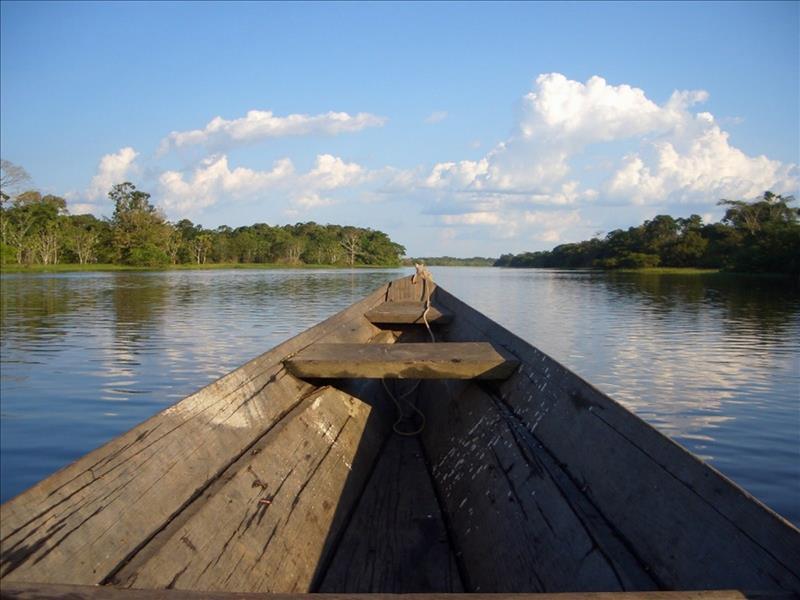Carimbo - Rhythm of Amazonia Becomes National Cultural Heritage

Finally, the Brazilian folk dance is appreciated
Brazilians have rhythm in their blood. Brazil's cultural diversity is reflected above all in its music and is attracting more and more Brazilian travelers who like to be carried away by the country's rhythms during their vacation in Brazil. The music styles in Brazil are as diverse and different as the different regions of the country. However, one style of music and dance stands out: the carimbo, which has now been officially recognized as Brazil's national cultural heritage.
The naming of the Carimbo leads us to the roots of the Tupi-Guarani, an Indian people from the Amazon region in Brazil. "Curi" means the hollow tribe and "m'bo" stands for hollowed out. This is also the name of the drum, which is a traditional instrument of this musical style. The folkloristic music style and dance are native to the north of Brazil. The main elements of the Carimbo go back to the culture of the Indios. It is mainly danced in the Amazon region, which of course cannot be missed as a vacation highlight on a trip through Brazil. In the state of Para and the surrounding area, Carimbo is considered one of the most typical folk dances.
Behind the Carimbo are not only rousing rhythms, which are a highlight for every holidaymaker on a trip through the Amazonas but also a variety of instruments and a special dance. Stylistically, the Carimbo mixes African, Indian, and Portuguese elements. In a large circle, girls and women with flowers in their hair swing their patterned, wide skirts to the rhythms of the Carimbo. They are accompanied by men in colorful, traditional costumes. The music and dance tell stories about life in the rainforest, the plants and animals of the jungle, and the river. These stories give Brazilian travelers an impression of life in the jungle, in which the tourists can also experience up close during an Amazon tour.
Within the tradition of the Brazilian folk dance, three different styles are distinguished once again: the so-called Praiana in the Zona Atlantica do Para, the Pastoril in Soure and Marajo, and the Rural from the Baixo Amazonas region. The music is played on handmade instruments: The carimbo drum is made from a hollowed tree trunk and covered with fur on one side. It is accompanied by banjos, a tambourine, two maracas, rattles, and a flute. Pinduca, as a representative of the Carimbo in Brazil, is known today as one of the most popular artists. The musical representative of the music style from the Amazon region is also called the "King of Carimbo".
The traditional dance from the north of Brazil, which is worth a round trip to Brazil for every vacationer, has been the subject of numerous documentaries and studies in the last decades. Several groups have been striving for years to have the dance declared a cultural heritage of Brazil to maintain the 200-year-old tradition. The protection and official designation of the Carimbo as a national cultural heritage finally took place at a festive ceremony in Belem, where the public was enthusiastic about the rousing rhythms and colorful costumes. So the first step has already been taken. However, the status of national cultural heritage is not enough. The next project of Minister of Culture Marta Suplicy is to have the Carimbo declared a World Heritage Site by UNESCO. In addition to the preservation of this cultural asset, the importance of this traditional heritage will thus be brought to public attention, making the Amazon in Brazil as a vacation region even more interesting not only for nature lovers but also for culture fans who want to experience the country's tradition first hand during a trip through Brazil.
Sources: www.brasilienportal.ch; www.atakanamazon.com; www.brasil-web.de

